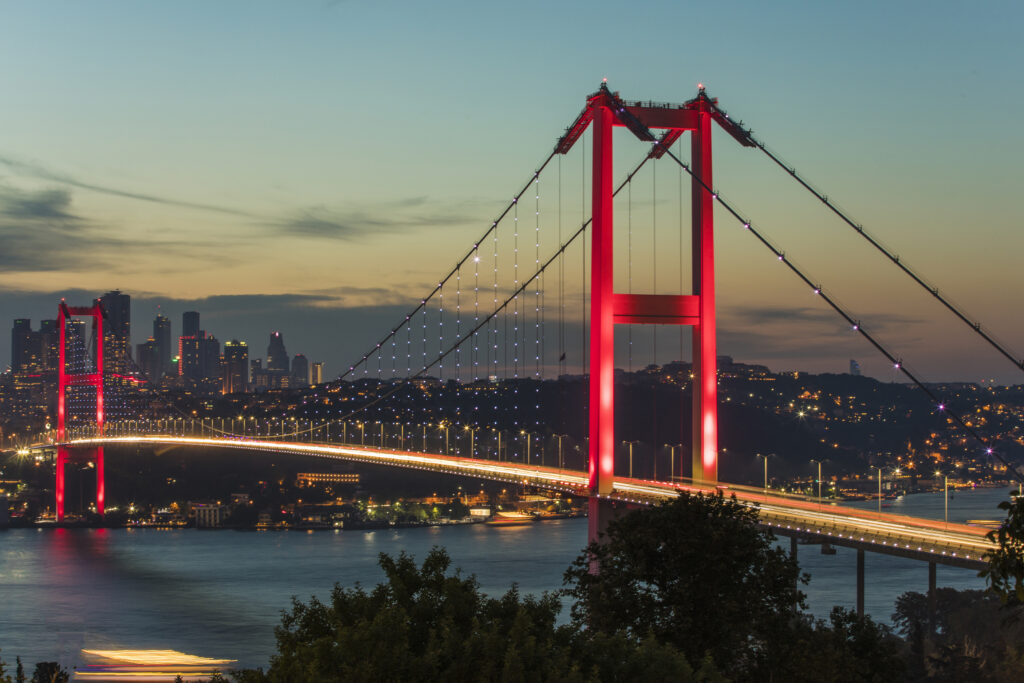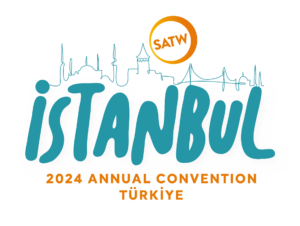

Let’s Talk Türkiye
Here are some things you may not know about Türkiye
• Following an official letter submitted to the United Nations by the Republic of Türkiye, the country’s name has been officially changed to Türkiye at the UN instead of “Turkey” for all affairs. The English language “Turkey” is derived from the medieval Latin, Turquia. Chaucer, in his 14th-century Book of The Duchess, spelled it Turkye. The sea around Türkiye’s Aegean coast is a brilliant turquoise color, and the gemstone’s name is derived from the French language “pierre tourques” (Turkish stone). The pronunciation has the stress on the first syllable: Türk-i-yeah.
• Türkiye is one of only three countries on the planet that spread across two continents. The western chunk of Türkiye is in Europe; the eastern and larger part is in Asia, it is called Anatolia, or geographically Asia Minor.
• İstanbul is not only the largest city in Türkiye but also the largest city in Europe. Home to more than 20 million people, it used to be known as Constantinople, and before that, Byzantium.
• The modern Republic of Türkiye was founded 101 years ago in 1923 by its first President Mustafa Kemal Atatürk. Replacing the 600-year-old Ottoman Empire, Atatürk initiated a rigorous program of political, economic, and cultural reforms, with the ultimate aim of building a democratic and secular nation-state, with free education for all and equal rights for women.
• A hundred years ago, the Turkish language’s Persian-Arabic alphabet of Ottoman Turkish was scrapped and transliterated into the Latin alphabet. That means even if you don’t understand a word of Turkish, at least you can read it.
• There are more Roman remains – theaters, hippodromes, columns, temples – in Türkiye than in all of Italy.
• Türkiye is one of the 32 members of NATO, the organization founded in 1949 in Washington DC to keep the peace in Europe and across the Atlantic.


